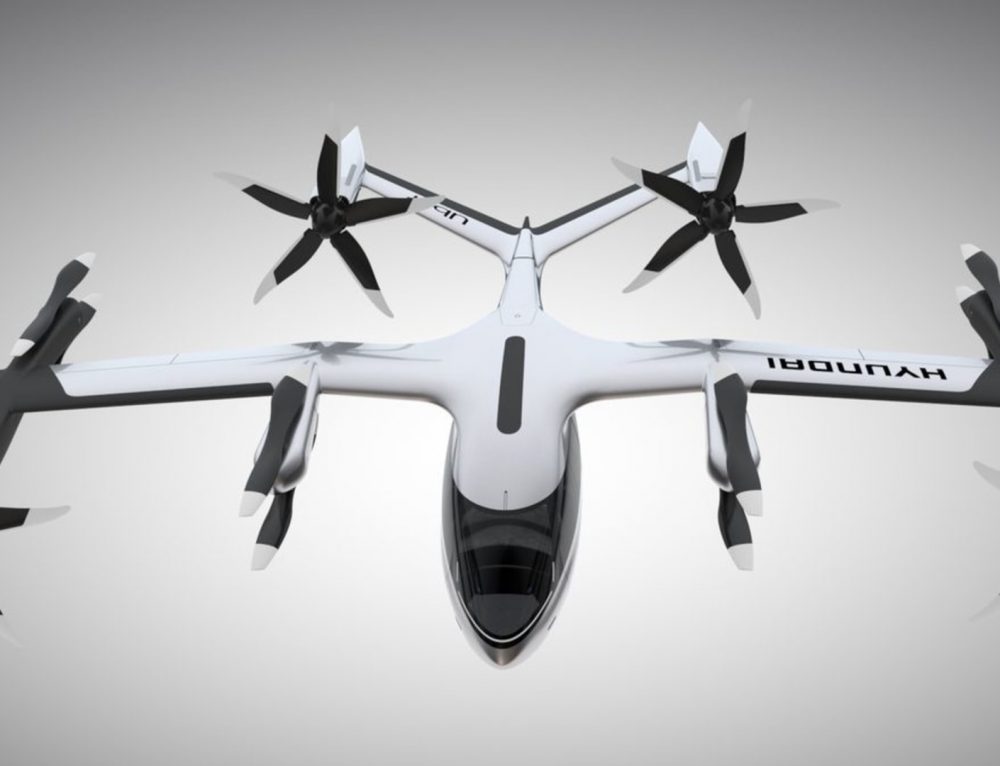Last week, a parade of transportation-focused tech took place at CES in Las Vegas that made the Tesla Model 3 look like a horse-drawn wagon.
The major developments were three:
Flying cars
Hyundai and Uber announced a partnership to build a flying rideshare network. This air taxi network will let you hail a four-passenger, four-propeller flying vehicle through the Uber app for trips up to 60 miles.
While Uber’s teamed up with scores of aerospace companies in its pursuit to decimate whatever the yellow cab of the skies is, this is the first time it’s tapped an automaker.
Looking ahead: Uber + Hyundai want to launch commercial flights as soon as 2023.
Electric cars
Sony took gold. We know Sony isn’t an automaker. But it’s Vegas—Britney proved there are no rules.
Sony debuted an electric concept car called the Vision-S chock full of entertainment specs like a 360-degree audio system and a panoramic front dashboard display.
Sony has no intention of using its PlayStation money to take on Toyota or producing the Vision-S at all. It showcased the concept car to prove its utility for automakers, not threaten them.
Self-driving cars
How do you make money from driverless cars when you don’t make driverless cars? You make things for the people who don’t have to drive anymore.
Amazon is placing its Fire TV into backseat entertainment systems, starting with BMW and Fiat Chrysler.
BMW debuted the X7 ZeroG Lounger, a seat perfectly crafted for the activity we all know will be popular in driverless cars… sleep. The zero-gravity seat tilts back to prime napping position.
With hot-button tech like virtual reality taking longer than expected to actually appeal to consumers, technologists are getting back to drop-off line basics with transportation innovations almost everyone can get behind (and not steer).












